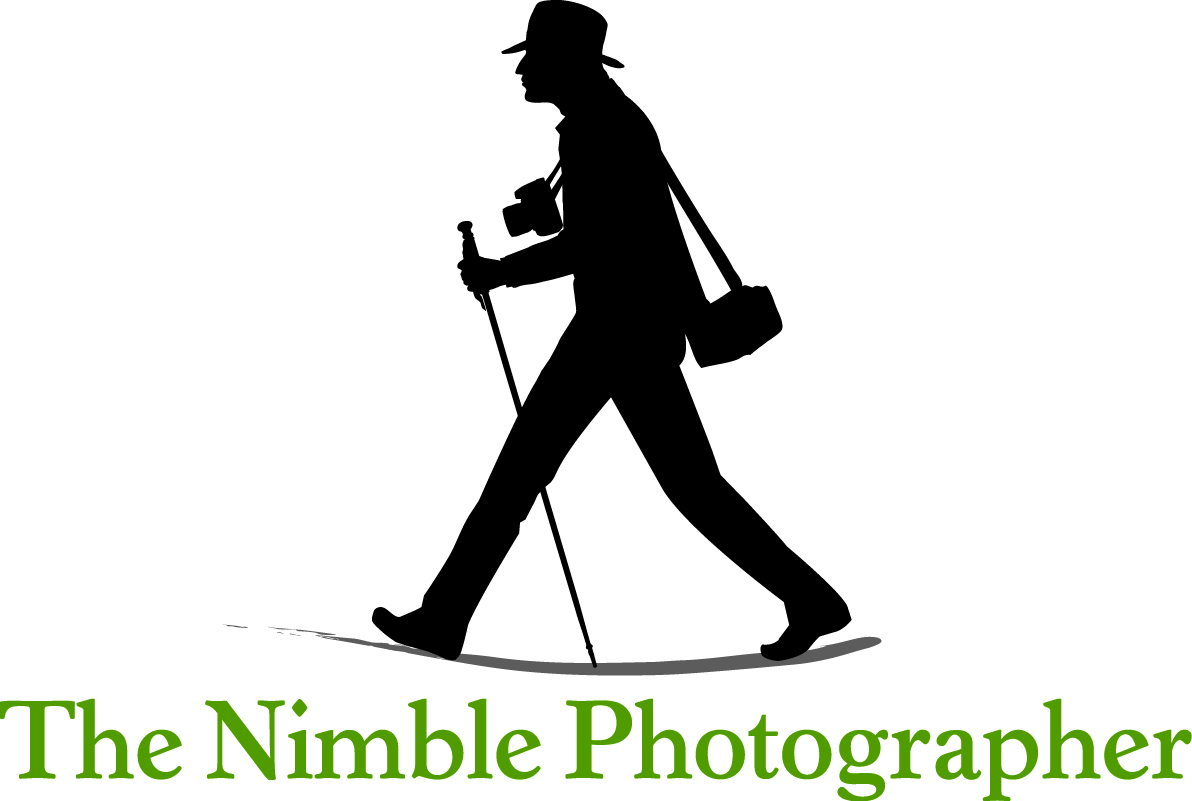"Why do guys like cars so much?" She asked the other day.
"I don't know, really," I said. "I think it's all the mechanical stuff."
She asked, because even though I have three cars (all paid for BTW), I'm always checking out the latest models humming down the freeway. My son Max got to drive a Tesla the other day. That's just not fair. He's an 18-year-old kid.
All that being said, I'm glad she asked me about cars and not cameras. That answer would be more difficult.
At my disposal, I have an army of compacts, mirrorless, and DSLR soldiers. Their batteries are charged and memory cards are clean. On a moment's notice, I can switch from a Canon 5D Mark II with 70-200mm f/2.8 telezoom to an Olympus OM-D E-M10 with Panasonic 20mm f/1.7 prime. And there's a lot of artillery in between.
So the real question is: why do I like cameras so much?
I think it's because they are precise instruments that can create art. I can hold a camera in my hand and marvel at the finely machined dials one moment, then flip the On switch and photograph a twilight landscape the next. That's an irresistible juxtaposition of sensations.
It's funny how I am with these devices. I will carry a silver E-M5 Mark II around for a couple weeks and shoot only with it. Then I'll switch to a black E-M10 and marvel at it for a while. Those changeover days are very exciting. Because, of course, I have to adjust the complement of lenses too.
I've never been one of those guys who say it's all about the art. I'm not wired that way. I'm a gearhead nerd with a good eye. Don't make me choose between a wrench and the car.
My camera collection will be our little secret. I know you won't rat me out.
Because you have a few stashed away yourself.
-Derrick
